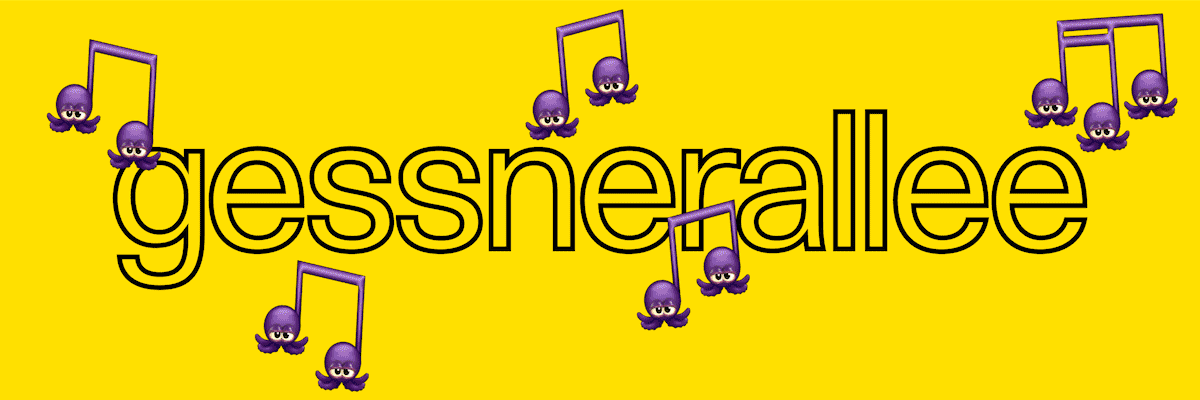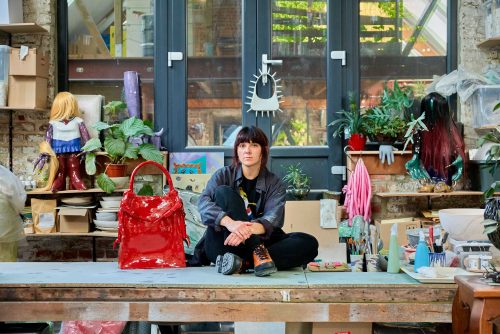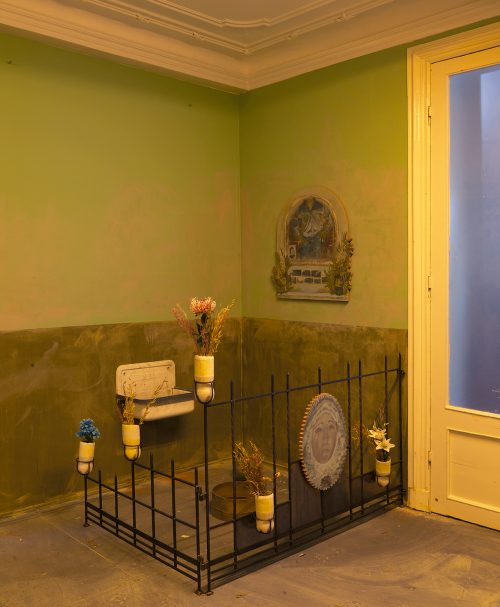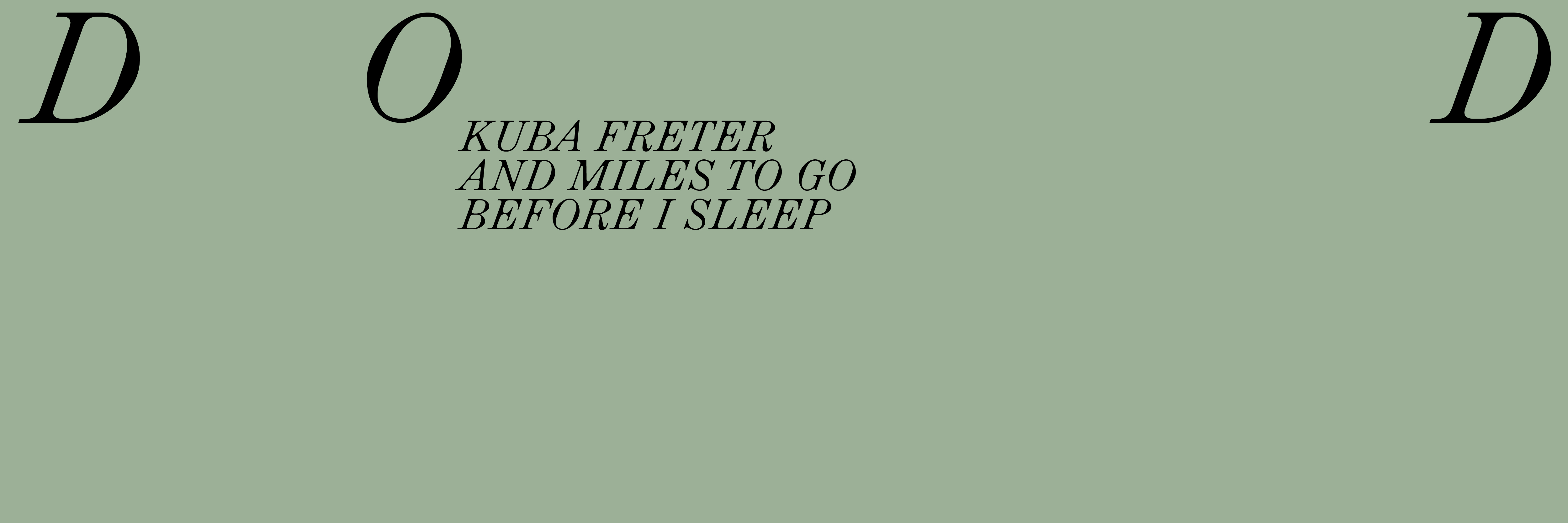
Frances Scholz
Wave Painting Particle Sculpture

Installation view | Frances Scholz | Wave Painting Particle Sculpture | Clages, 2024
Advertisement

Installation view | Frances Scholz | Wave Painting Particle Sculpture | Clages, 2024
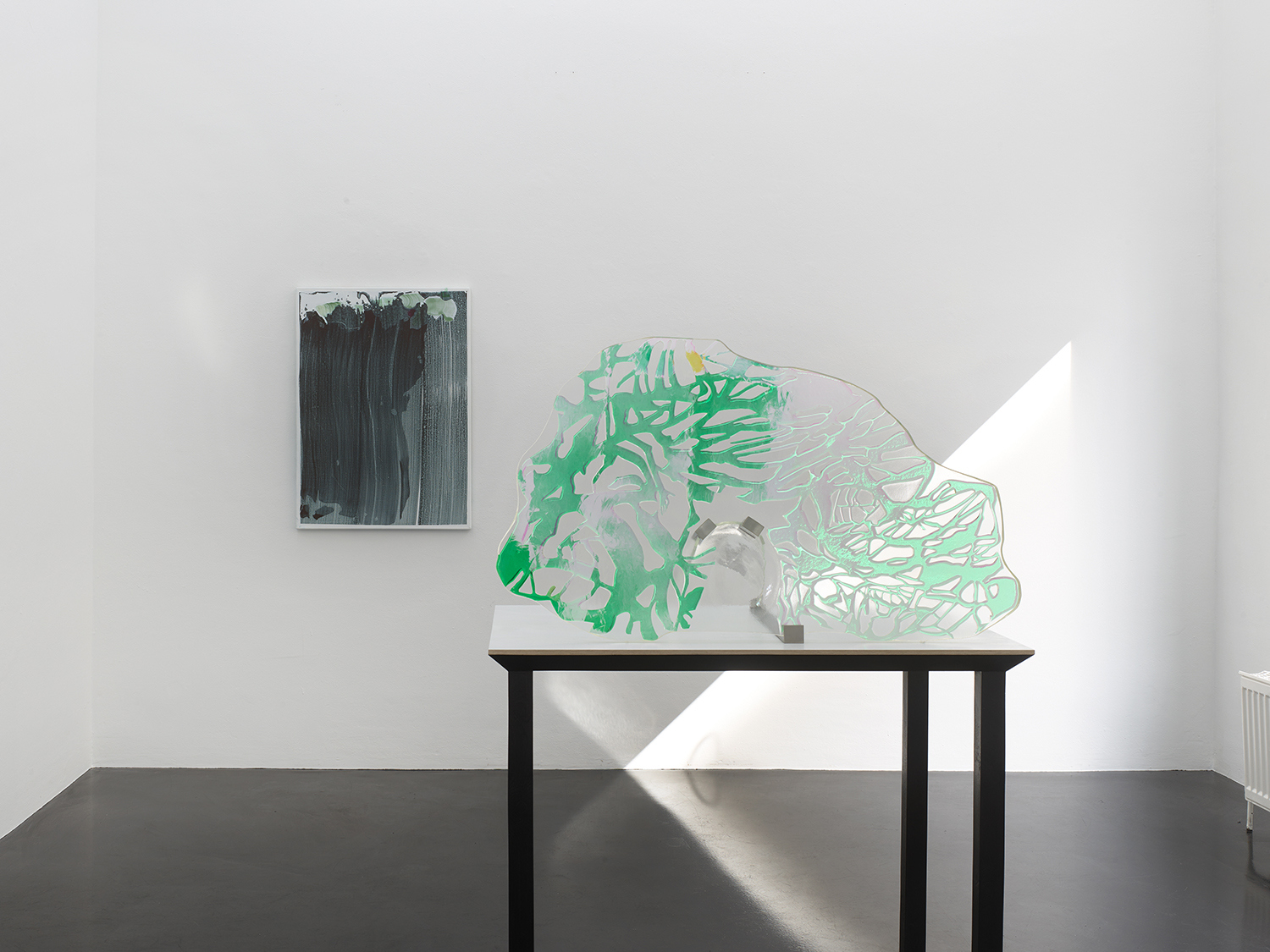
Installation view | Frances Scholz | Wave Painting Particle Sculpture | Clages, 2024

Installation view | Frances Scholz | Wave Painting Particle Sculpture | Clages, 2024
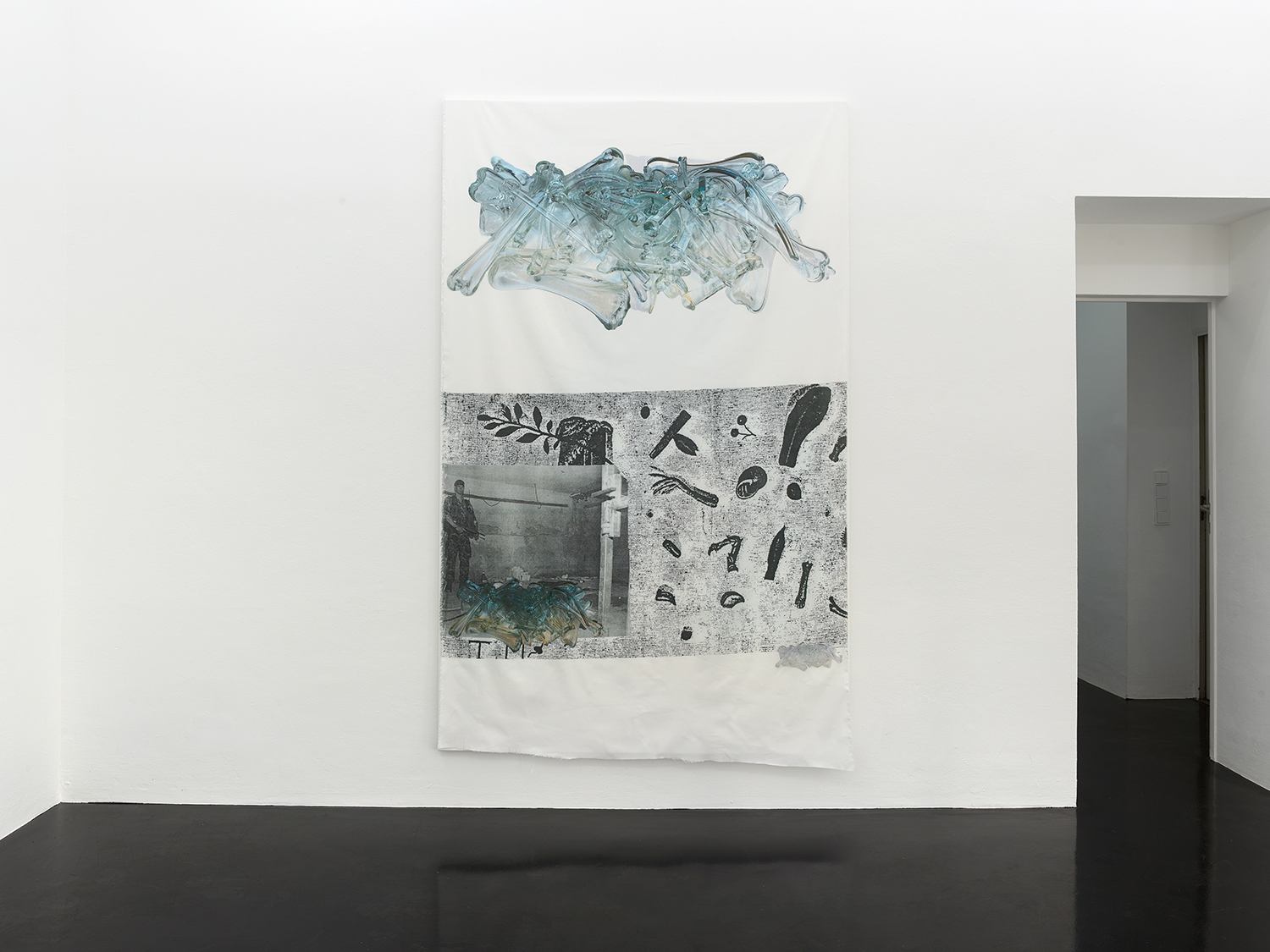
Installation view | Frances Scholz | Wave Painting Particle Sculpture | Clages, 2024

Installation view | Frances Scholz | Wave Painting Particle Sculpture | Clages, 2024

Installation view | Frances Scholz | Wave Painting Particle Sculpture | Clages, 2024
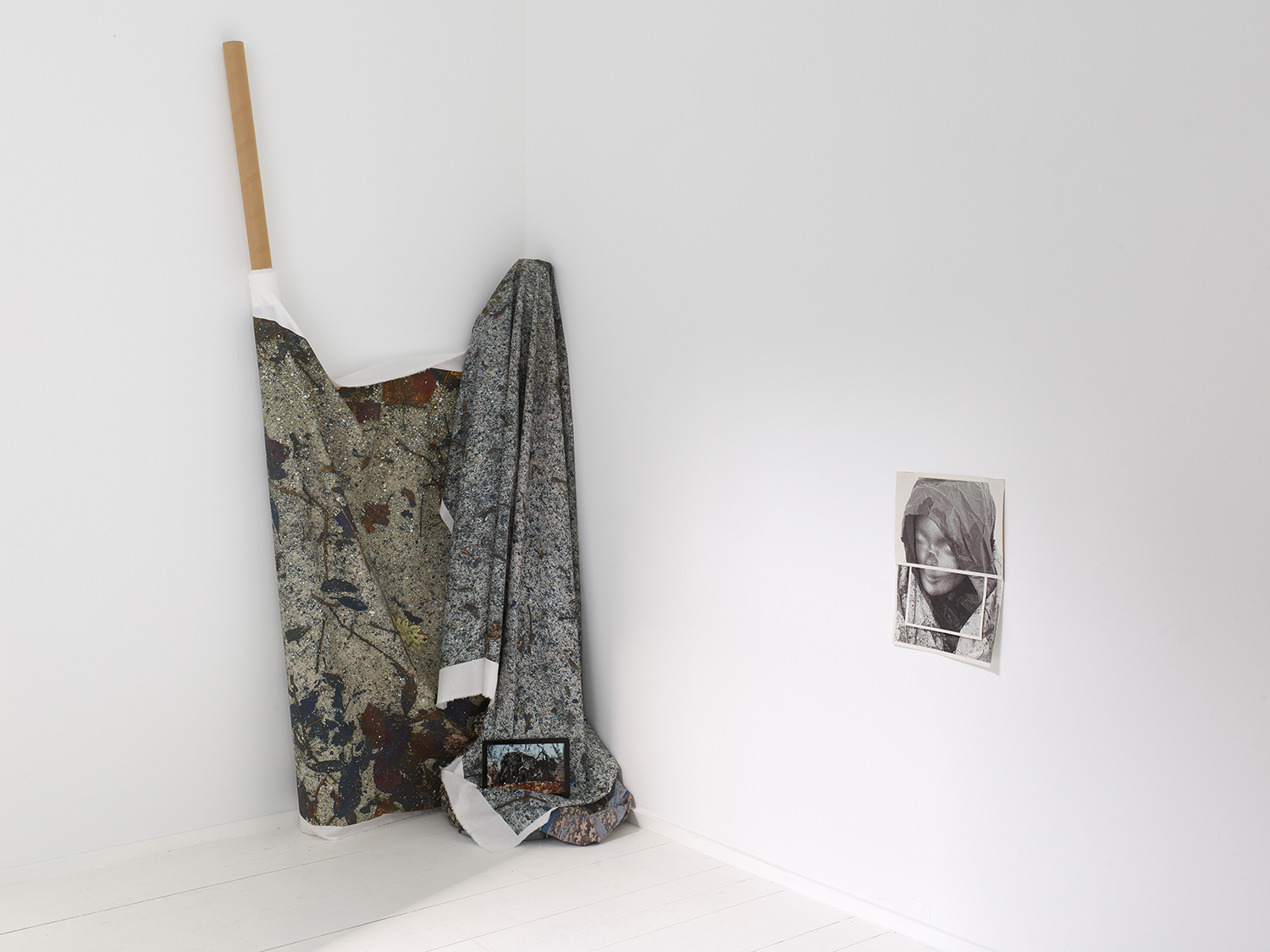
Installation view | Frances Scholz | Wave Painting Particle Sculpture | Clages, 2024
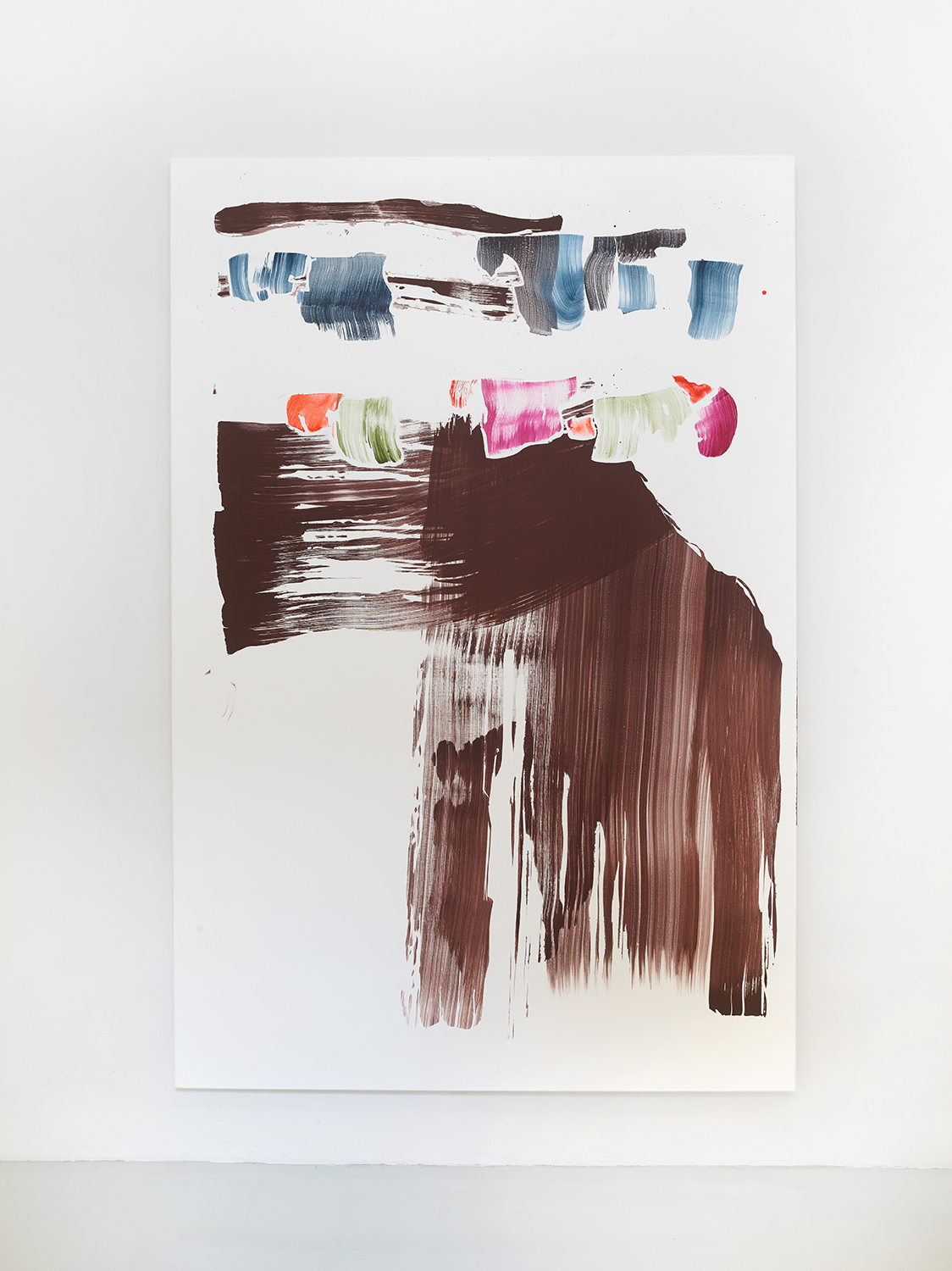
Installation view | Frances Scholz | Wave Painting Particle Sculpture | Clages, 2024
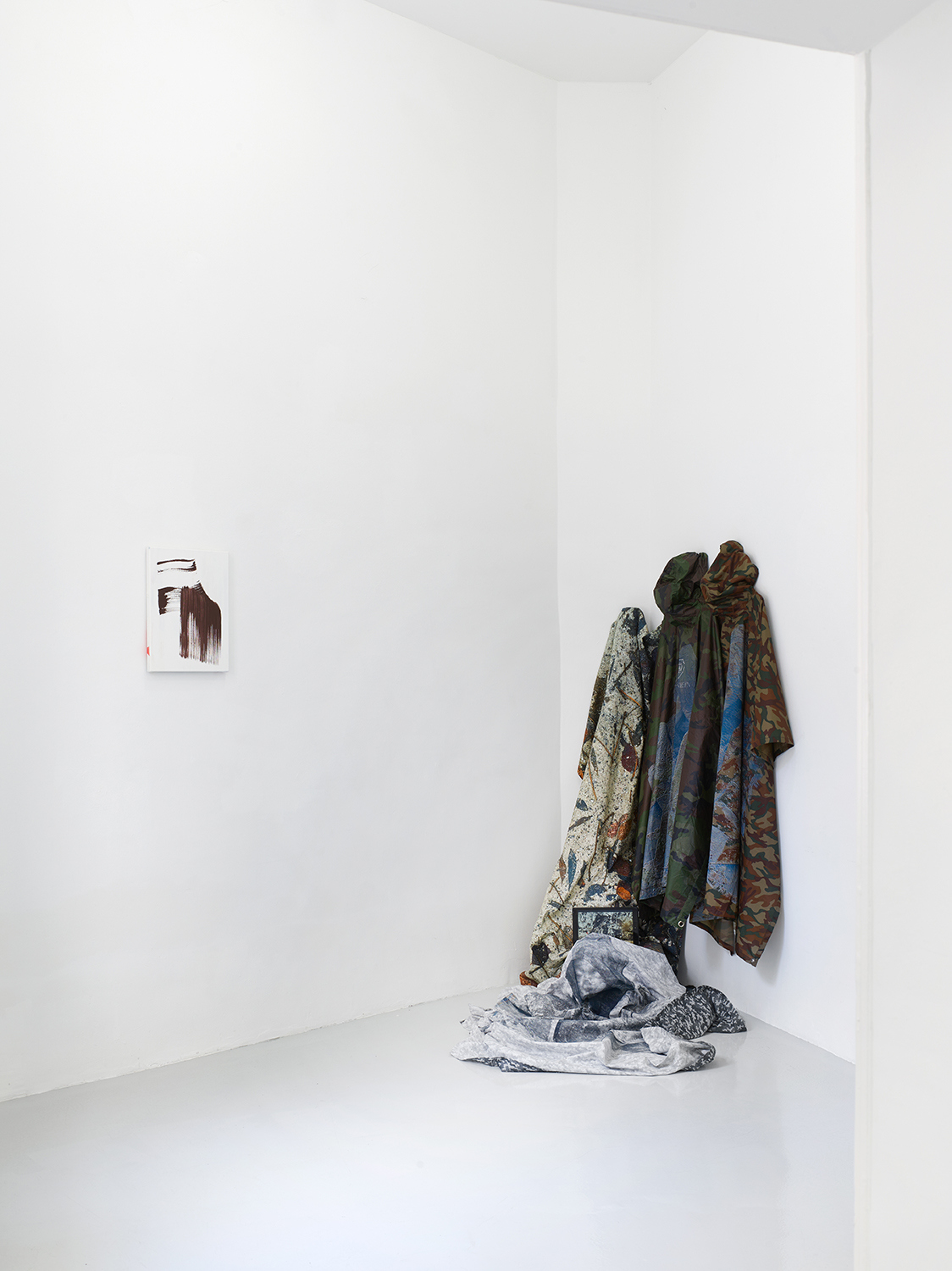
Installation view | Frances Scholz | Wave Painting Particle Sculpture | Clages, 2024
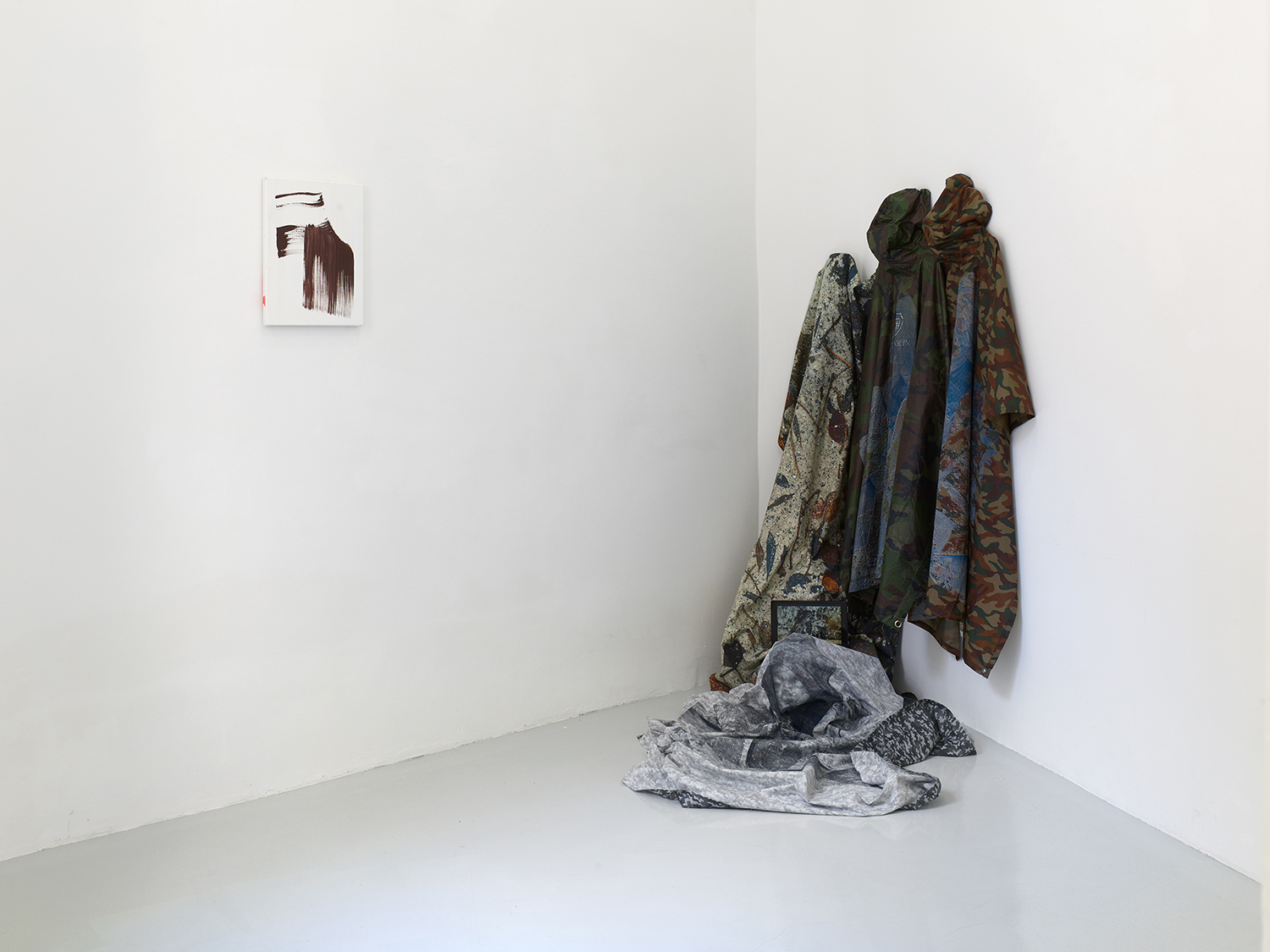
Installation view | Frances Scholz | Wave Painting Particle Sculpture | Clages, 2024

Installation view | Frances Scholz | Wave Painting Particle Sculpture | Clages, 2024

Installation view | Frances Scholz | Wave Painting Particle Sculpture | Clages, 2024
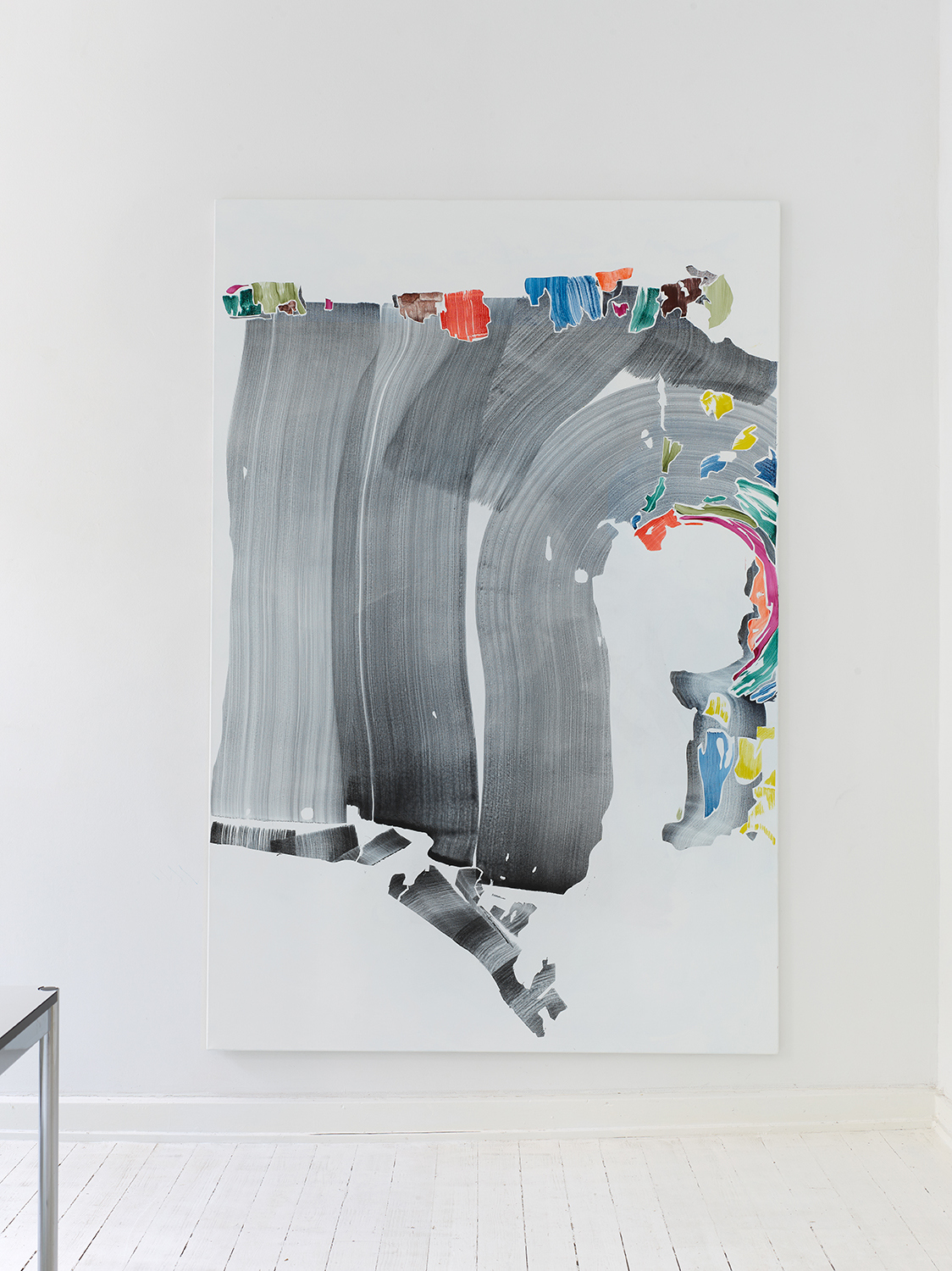
Installation view | Frances Scholz | Wave Painting Particle Sculpture | Clages, 2024
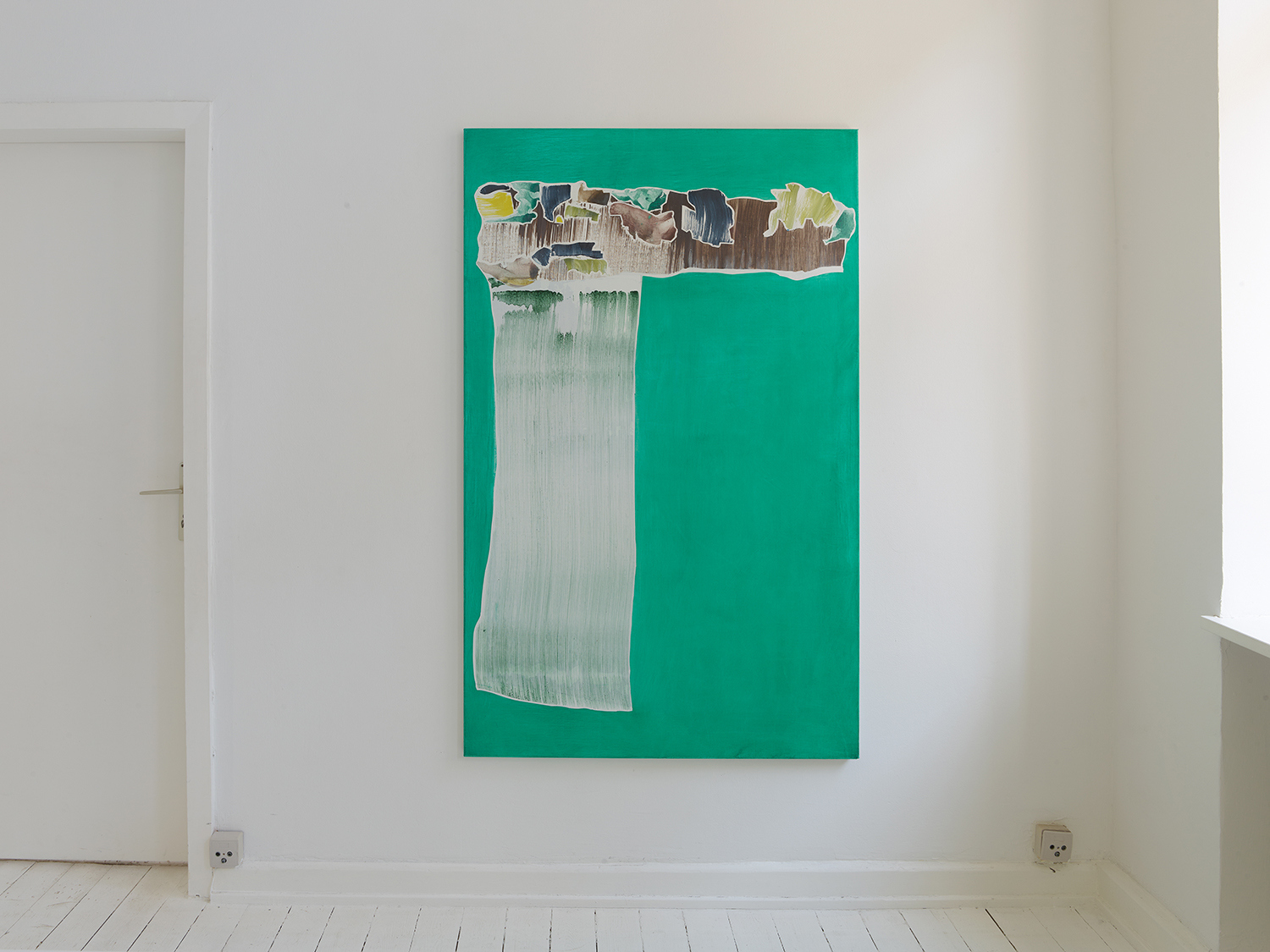
Installation view | Frances Scholz | Wave Painting Particle Sculpture | Clages, 2024
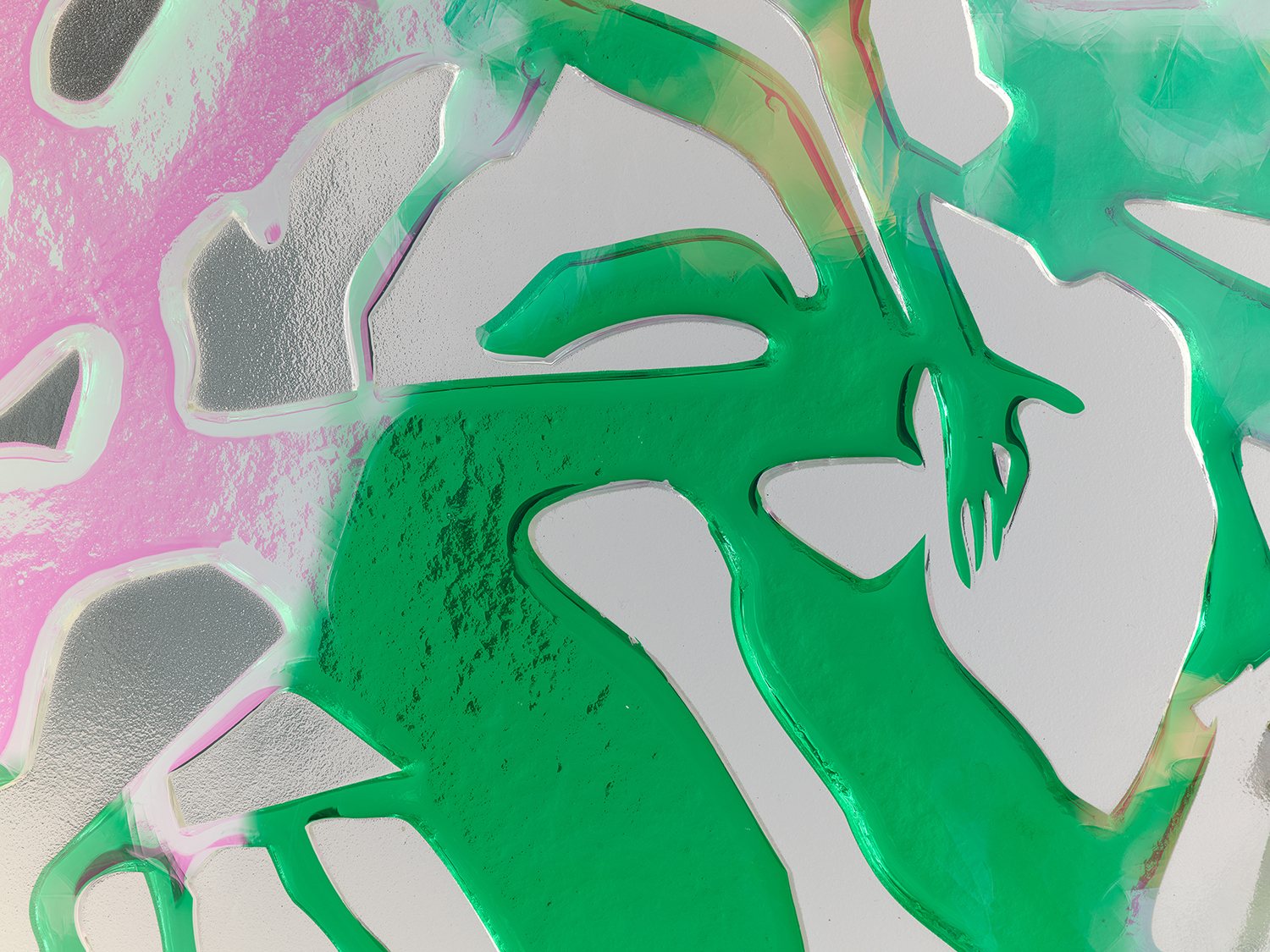
Installation view | Frances Scholz | Wave Painting Particle Sculpture | Clages, 2024
Already the trees, a certain community of trees, are the trunk. This is true on whatever branch we stand. We have found painter Frances Scholz leaving the canvas to engage with trees before, in works like Interview with A Tree (2001), or with The Swimmer/ROT, (2016) a fallen branch presented as a stand-in for Syrian refugee Yusra Mardini, filmed and shown at Marfa’s Chinati Foundation in 2016. During the recent pandemic, she found herself filming in the woods of New England, particularly drawn to a community of trees deep in protected woodland, felled after one of numerous recent extreme weather events. The first impact of the lifted root-pads was implicitly visual, a two-dimensional revelation of anthropocene shock. She felt she had come upon a recent battlefield, or a graveyard.
At any moment, there are specific possibilities for (intra-)action, and these changing possibilities imply an ethical obligation to intra-act responsibly in the becoming of the world, engaging with the relevant matters and what is excluded from relevance, and reworking them.1
Theoretical physicist and philosopher Karen Barad, revisions the relationship between science, philosophy, and ethics around a concept of “intra-action,” emphasizing the inseparable connection between things and subjects. For Barad, objects and subjects do not exist in isolation but are in constant “co-constitution” with one another.
Scholz later found in Barad’s approach a language to begin conceptualizing the intuition filming the trees had raised, that the trees were eager to communicate, collaborate. Each subject showed both communal and individual identity, generating possibility and new information not only for all other regional lifeforms but for Earth’s boulders and soil. They seemed to draw upon all of art to do so. Filming revealed friezes as not only sculptural but architectural, to be walked around, under, over and among, and eventually as beings in performance themselves –- sane Ophelias laying themselves down into nature.
Cutting to translate the whole of the intense and altering forest encounter, Scholz utilizes artificial intelligence rendering to pass through gaps in footage into the world of the trees. By allowing the trees themselves, as it were, to initiate such a bridge between, she meets them in a Hades-like zone underneath the present, where the artist can draw possibilities as if from eternal superposition into the still unfolding present. We have already glimpsed this process in her paintings, and some of her film work, but never presented so conceptually.
“To be,” says Karen Barad, “is to intra-act (to interact internally), ... It is about the reconfiguring of the possibilities of reconfigurations that material-discursive practices of mattering imply, including the articulation of boundaries and exclusions marked by these practices in the enactment of causal structures.”2
Barad’s conceptualization illuminates Frances Scholz’s longtime committed and influential extension of painting’s quest for being, where image is freed to “reconfigure topological manifolds of spacetimemattering”3 and, following the trees, also to break into improvised sculptural form, bleed into floor-strewn fabric and melt into digital video. Calling on the wave-particle duality of quantum mechanics, which plant life depends upon, this exhibition visualizes the rooted interconnectedness of nature, technology, and art. But this is not merely a critical pose. This is art that actively participates. It moves paint, melts glass, bends light, and pools brain waves into ephemeral perspectives on an ecosystem apart from, but in possible communication with our own. It affords glimpses of a sublime attached no longer to the romantic self but to the radical depth of the immersed tree -- where, for better or worse, all lives must intra-act, and fractalize into infinity, where life is death and birth is life.
Wave Painting
“The artist creates by projecting what is in her mind onto the wall of reality which is the wall of the world.”4
Transmitted back to the studio, the earth walls served to generate a new wave of paintings on their own scale, able to wave to and from the past and the future.
The artist projects the image of the past and unfolds it askew onto the canvas in color. It’s a situation of “getting it down with a minimum of fuss.” Until the artist recognizes the last station in the process, this process repeats. By that time layers of these moments have accumulated under whites so transparent they show the painting to be the present station in a series of coming-into-beings. A moment of time left outside of time, placed into time. They imply the white cube of the gallery is itself a palimpsest. The painter is a worker whose brush is dipped not simply in paint but in spacetime as well. In this series of works tied by projection to actual bark of trees, new cellular fractalizations come to being, forming spontaneous communities as they ride tree-scaled but still Vuillard-like strokes into new being.
Alongside its modernism there has always been an archaic gesture in abstract painting. After all, the first surviving artworks are the grids and cross-hatchings on cave walls. First showing in the 1990s alongside artists like Mary Heilman and Rosemarie Trockel, Frances Scholz’s paintings undermined, complicated, and lightened abstraction with elements of pop and conceptualism. Her practice of projecting images and tracing the light in abstractions with paint brought this impulse to the radical edge of postmodern ambiguity. When she transmitted the vivid color loops from apartment wall paintings in the prehistoric city of Çatalhöyük in Turkey directly on the wall of Galerie Sprüth Magers in 2005, Scholz first “broke through” to the archaic as a futuristic possibility. In the cult of progress the ancient can be the most unexpected, super-futuristic. A Frances Scholz painting never forces a singular mode of perception. To offer unlimited interpretive perspective around deep color-field resonance, it must change willingly with time, light and mind’s flow. Thus, as it seems in this exhibition, taking on more ritualistic aspects than usual, it is particularly suited to show the lie that the so-called archaic is in any way old.
Particle Sculpture
“The future of the world: a beautiful, viscous transparent surface...”5
From electrically-injected matter, a translucent prosthesis is placed, as distorted fragment, into a field of waves. Glass extracted from stone, as a unit in Indra’s Net and a quasi-monad in Leibniz’s philosophy, embodies in its sensitive reflection, as its individuality, inseparable unity with the entire environment.
In the context of artists like Blinky Palermo, Gordon Matta Clark, and Piero Pasolini, who moved their disciplines into spaces between other disciplines and forms, Frances Scholz has been inclined from the start to move her approach across boundaries of genre and media to wall drawings, film, and sculpture, particularly sculpture in glass. With transparency already an element of her paintings, glass has the further ability to embody positions in spacetime while reflecting others. Like Scholz’s first glass work, Porenbau of 1999, permanently installed in the entrance hall of the Bio-center of Rheinische Friedrich-Wilhelms-Universität Bonn, the tree skeleton immediately memorializes how metal and glass cling to one another in human constructions, and together to the history of industrialization from where they’ve emerged.
Earth Wall (Silver Arm meets Skeleton) is as strong an example as Scholz’s films here, how, as technology develops, art can make the wider possibilities visible before they are overlooked, stamped out, or weaponized by capitalism.
Dichroic glass gives Scholz’s sculpture unexpected life. Even while its particular individual existence as a body is self-vitrined, elusive, the glass-work is busy transforming its impressions of its surroundings as one moves around it, revealing its interdependence and connection with the visible light, as if it has become film.
Inside the Forest
“Nothing will unfold for us unless we move toward what
looks to us like nothing: faith is a cascade.”6
Connecting the visible and the invisible, the deep and the flat, occupying intermediate states between polar nodes, introducing the floor, the fabric is placed also to remind us: our work lies inside the forest.
In that spirit also I read the placing of the films among the fabrics. The AI Earth Wall series of seven short films, including Earth Wall/Buffalo 2024, nears completion at the time of this writing. With Earth Wall/Buffalo on one tablet, in which hand held camera work gives way to artificially rendered mind’s eye views, and a special “making of”-recording on another, calling attention to the human hand working along with the possibilities the AI tools have opened, the films occur as on ongoing process still intra-acting with the falling, performing trees.
Fabrics create community. Typically extra-industrial technology, here there is no escape. Screen-printed by laser printer, they also now signify possibilities afforded the artist by developing technology. Scholz’s use of cloth and foils in installations also goes back into the beginning of the 2000s, when in projects like her film Rollen 2001, performers heads emerged from rolled carpeting. Her recent collaboration with New York based artist and designer Susan Cianciolo first brought mannequin-like body parts into her studio.
Here the “Earth People” are literally screened on to camouflage, as if projected by forest to view itself in this anthropocene field.
Everything stitches together here. Stretched across a canvas that might have born a large painting, a printed fabric juxtaposes two images, connecting floor and wall in the process. A jeweler’s glass-work rendering of a heap of bones (recalling the skeletal particle sculpture) is placed atop an ancient Roman mosaic. This trompe-l’œil memento mori generously renders the discarded, deteriorating remnants of a great feast. Pythagoras has reported how during such meals in the ancient world, morsels, bones and scraps were tossed directly on the floor, as offerings honoring the dead. Recalling Frances Scholz’s own Dirty Floor Pictures painting series, 1999-2000, the Roman artist has preserved a state of deterioration. Accepting, then rejecting randomness, for no random event has ever ended a city’s civilization or an ecosystem in a day, art’s ability to mime and prove the lie of “apparent nothings” will lift and move whole boulders into constellations, de- and re-camouflage new positions, and hold technology to ethical practice. Art can not stop time, but it can make time its own.
1 Karen Barad. Meeting the Universe Halfway: Quantum Physics and the Entanglement of Matter and Meaning. Duke University Press, 2007.
2 Ibid.
3 Ibid.
4 H. D. (Hilda Doolittle). A Tribute to Freud. New Directions, 1984.
5 Frances Scholz, interview with Haris Giannouras, 2023.
6 From the poem “Cascade Experiment,” by Alice Fulton quoted by Karen Barad in Meeting the Universe Halfway. Duke University Press, 2007.
Mark von Schlegell
